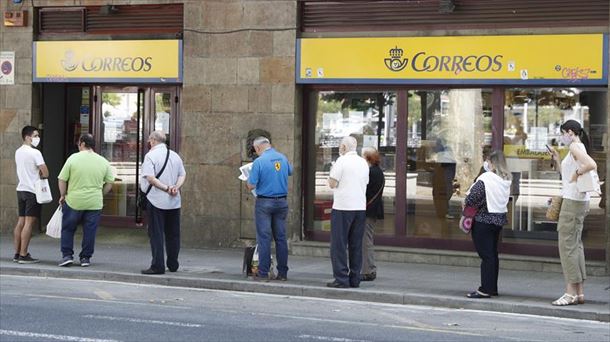On Friday, the temperatures rose in most of Austria above 30 degrees. Like the previous day, it was hottest in the east. As days are likely to remain above 30 degrees, more and more voices are calling for government anti-heat measures. Examples are less concrete and more trees.
On Friday, nearly 190 of the 280 weather stations of ZAMG, more than 30 degrees Celsius were measured. The hottest time was at 5pm in Mattersburg (Burgenland), Bad Deutsch-Altenburg and Wolkersdorf (both in Lower Austria). “It looks like the days with more than 30 degrees will stay in front of us,” said meteorologist Simon Tschannett. The 25th day of warm weather this year has already been counted in central Vienna, and the 45 days of 2018 could be exceeded this time.
Poorer people have a harder time escaping the heat
“People who have to work in this heat are especially affected, but also those who live in small, warm apartments,” says SPÖ environmental spokeswoman Julia Herr in a broadcast. For people with few financial resources it is more difficult to escape from the heat. For example, it starts with the fact that they cannot afford a garden or balcony. The same goes for a vacation. Here extra forest and nature areas could bring cooling and relaxation for everyone. According to the Lord, ten percent of the Austrian forest should be made unusable.
Up to 70 degrees on asphalt
Hail insurance boss Kurt Weinberger and meteorologist Simon Tschannett drew attention to themselves on Friday with further suggestions. They demanded a “concrete stop over Austria” and, like the gentleman, an implementation of the pending climate protection law. According to Tschannett, concrete surfaces in the city center can reach temperatures of up to 50 degrees, dark asphalt surfaces even up to 70 degrees. In an EU comparison, Austria also has the largest supermarket area per capita at 1.67 square meters and the longest street network per person (15 meters), Weinberger added. On the other hand, buildings the size of the city of Vienna (40,000 hectares) would be vacant.
In order to get a grip on the extent of the cover, a financial incentive for the old stock, protection of the most valuable land against buildings such as in Switzerland and a new spatial plan are required. “Nature does not need us, we need nature,” Weinberger concluded.
Source: Krone
I am Ida Scott, a journalist and content author with a passion for uncovering the truth. I have been writing professionally for Today Times Live since 2020 and specialize in political news. My career began when I was just 17; I had already developed a knack for research and an eye for detail which made me stand out from my peers.



